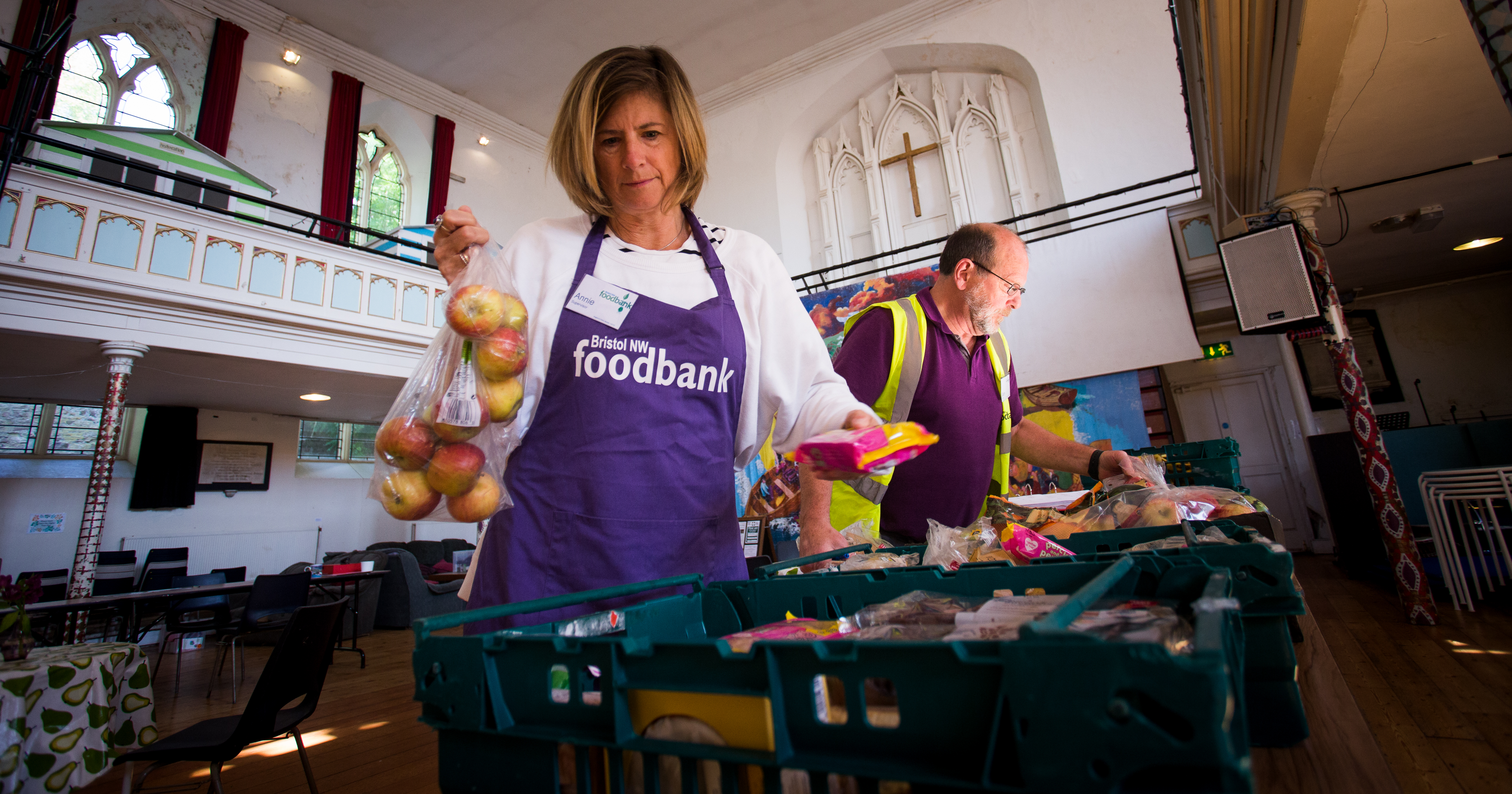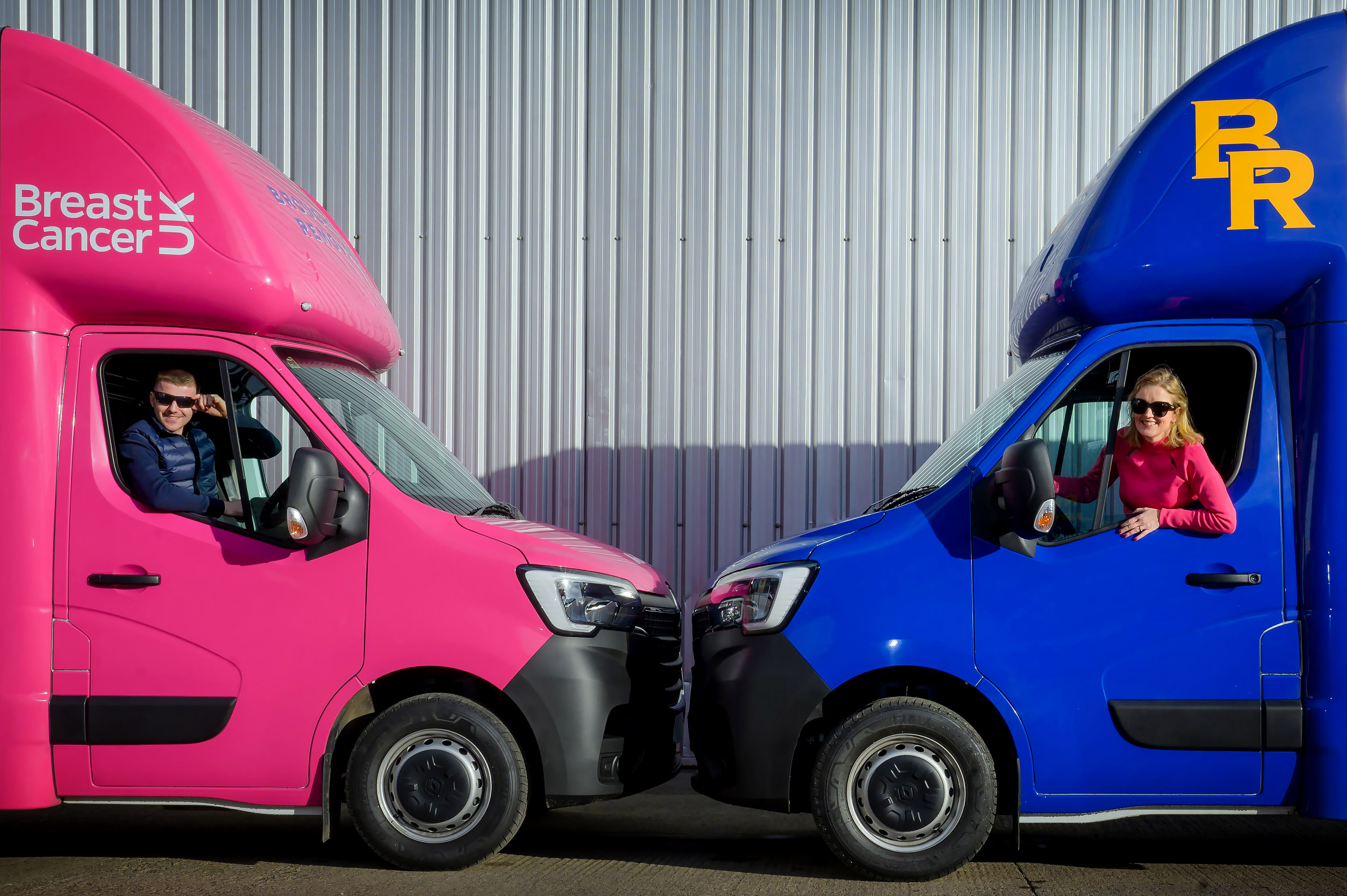The charity sector workforce has increased by more than a quarter since 2011, according to latest figures.
This 27% growth makes civil society the fastest growing sector over the last decade.
In 2022, there are 950,000 people working in the charity sector, which is around 3% of the total UK workforce.
The figures have emerged in the NCVO’s UK Civil Society Almanac 2022, which also found that social work is the largest subsector employer among charities, accounting for almost two in five (38%) charity sector roles.
According to the NCVO charities contribute £20bn to the UK’s economy, which is 1% of Gross Domestic Product (GDP). Social services charities contribute the most, putting £3.8bn into the economy, following by international development charities contributing £3.1bn and health at £2.5bn.
The NCVO’s Almanac also includes the latest income and spending figures for the sector that are available, relating to the financial year 2019/20.
Cost of living fears
This found that donations from the public make up more than half (51%) of charity income for the first time in more than 20 years.
“The finding raises questions about the potential impact of the current cost of
living crisis on the public’s ability to give and the effect restricted personal finances may
have on already squeezed charity income,” said the NCVO.
Nayyara Tabassum, the NCVO’s research and insight manager added: “The combined effect of the pandemic and cost of living crisis is hitting charities hard.
“For the first time in 20 years, the voluntary sector is now depending on the generosity of the public for over half its income.
“Combined with increased service demand and falling income from government, the impact of the cost-of-living crisis on household spending has the potential to place the sector in a precarious financial position.
“The findings and data from this year’s NCVO Almanac shows the position of the sector going into this cost-of-living crisis. It underlines the need for further government support for those who are struggling with rising costs and targeted funding for charities who face increased demand and falling income while supporting our communities through this crisis.”
Today we launched the 2022 edition of the UK Civil Society Almanac!
— NCVO (@NCVO) October 18, 2022
The Almanac is a ground-breaking data resource on voluntary organisations of all types and sizes, from income & assets to the demographics of our sector’s valued volunteers.
Read it 👉 https://t.co/vLOg4AYpe3 pic.twitter.com/thh4RtaWUE
Also revealed in the NCVOs figures is that total income reached £58.7bn in 2019/20, up 3% (£1.8bn) on 2018/19’s figures.
During this year total spending in the sector was £56.9bn, with almost three quarters (71%) on charitable activities. This is 3.5% (£1.9bn) up on the previous year.
For 2019/20 total spending among charities was 97% of the sector’s total income.
While charity sector income and spending has grown since 2000, the rate of growth has slowed in recent years, according to the NCVO.
Large charities increase share
Another trend to continue is the growth of large charities, which are taking an increasing share of the sector’s total income.
The largest charities, with an income of more than £10m, account for more than half (55%), or £31.1bn, of the sector’s annual expenditure
Small charities, with an income of under £1m, make up 18% (£10.5bn) of spending in the sector.
Around one in ten charities do not have any income, the figures add.
The Almanac has revealed that 15,000 charities have reported no income in 2019/20, which is 9% of the voluntary sector.
Around 3% of charities, around 8,200 of organisations have no assets, the NCVO’s figures add.













Recent Stories